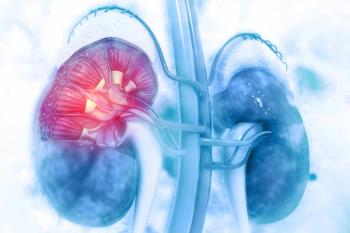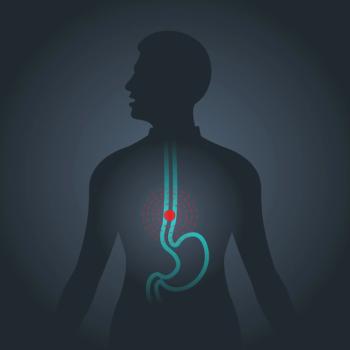
Nursing Home Residents Face Potentially Burdensome End-of-Life Transitions
Researchers suggest that improved communication at the facility-level and health-system level could significantly improve the care of nursing home residents with poor-prognosis cancer.
Though nursing home residents with advanced cancer generally have substantial comorbidities and functional impairment, more than a third experience potentially burdensome end-of-life (EOL) transitions, according to a retrospective analysis published in Cancer.
These data suggest a necessity for further study of improved communication between oncologists and nursing home providers about EOL goals, values, and policy initiatives that discourage avoidable transitions.
“As the population with advanced cancer and comorbidities ages, we can expect that many will require an (nursing home) level of care,” the researchers wrote. “It is, therefore, essential to dedicate efforts to preventing burdensome transitions in this unique population through better palliative care and facility-based initiatives.”
In this cohort of 34,670 nursing home residents with poor-prognosis solid tumors, 36% of the participants experienced 1 or more potentially burdensome EOL transitions, and this was higher among patients who never received hospice (45.4% vs 28.7%; P < .01). More specifically, 24.6% of the residents had 2 or more hospitalizations and 35.5% had an ICU stay in the last 90 days of life; both transitions were also higher among patients who never received hospice.
Only 56.3% of the residents used hospice at any point in the 90 days before death, and 61.8% had a do-not-resuscitate (DNR) directive. Many residents had moderate to severe cognitive impairment (53.8%), full dependence in activities of daily living (ADLs; 66.5%), and comorbidities such as congestive heart failure (CHF; 29.3%) and chronic obstructive pulmonary disease (34.1%).
Of the 23,061 patients who experienced a hospitalization, the authors identified the primary discharge diagnosis code of the admission closest to the EOL. The most common reasons for admission included renal failure or dehydration (17.3%), pneumonia (9.8%), urinary tract infections (4.9%), sepsis (3.4%), and aspiration (3.0%). Other diagnoses composed less than 3.0% of all hospitalizations.
“Such high rates of acute care use in (nursing home) residents with cancer near death call into question the utility of hospital transfers and intensive treatments, especially because many of these hospitalizations may be avoidable,” the researchers wrote.
Potentially burdensome transitions varied by region, with the South having the highest proportion of burdensome transitions (38.2%) and the Midwest having the lowest proportion (33.7%). Additionally, researchers found that burdensome EOL transitions were more common in nonwhite populations and those with multiple comorbidities.
Researchers found that DNR directives were associated with potentially fewer burdensome transitions, indicating that increased goal-of-care conversations about probable health trajectories in advanced cancer could help reduce burdensome transitions. Furthermore, the researchers also indicated that potentially modifiable facility-level variables were associated with increased burdensome EOL transitions, illustrating the role of facility-level and health system-level interventions in possibly improving care for this unique population.
“Future studies should explore regional or health system factors affecting the care of (nursing home) residents with cancer and explore the role of nurse staffing ratios and (nursing home)-based palliative care and symptom management interventions in EOL outcomes,” the authors noted.
The findings in this study indicate that further integration of oncology and palliative care into the (nursing home) setting, as well as education on the unique needs of this population, have the potential to advance care coordination, better manage symptoms, and facilitate transitions to hospice care when disease-directed therapy is no longer considered advisable.
Reference:
Lage DE, DuMontier C, Lee Y, et al. Potentially Burdensome End-of-Life Transitions Among Nursing Home Residents With Poor-Prognosis Cancer. Cancer. doi:10.1002/cncr.32658.
Newsletter
Stay up to date on recent advances in the multidisciplinary approach to cancer.




















































































